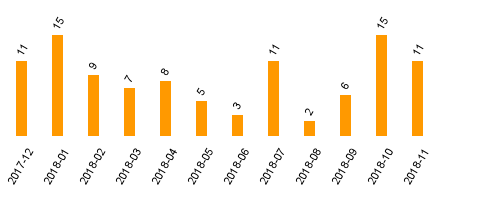Ethnopolitical Conflicts in Eastern Europe and the OSCE - An Interim Appraisal
Troebst, StefanDownload:
pdf-Format: Dokument 1.pdf (51 KB)
| URL | http://edoc.vifapol.de/opus/volltexte/2009/1987/ |
|---|---|
| Dokumentart: | Bericht / Forschungsbericht / Abhandlung |
| Institut: | ECMI - European Centre for Minority Issues |
| Schriftenreihe: | ECMI-Brief |
| Bandnummer: | 1998, 1 |
| Sprache: | Englisch |
| Erstellungsjahr: | 1998 |
| Publikationsdatum: | 16.10.2009 |
| Originalveröffentlichung: | http://www.ecmi.de/download/brief_1.pdf (1998) |
| SWD-Schlagwörter: | Osteuropa , Organisation für Sicherheit und Zusammenarbeit in Europa , Minderheitenfrage |
| DDC-Sachgruppe: | Politik |
| BK - Basisklassifikation: | 89.76 (Friedensforschung, Konfliktforschung), 89.75 (Internationale Konflikte: Allgemeines), 89.70 (Internationale Beziehungen: Allgemeines), 89.41 (Staat und einzelne Gruppierungen) |
| Sondersammelgebiete: | 3.6 Politik und Friedensforschung |
Kurzfassung auf Englisch:
Three levels or institutions have emerged as crucial within the OSCE framework for handling ethnopolitical conflicts in Eastern Europe—the Permanent Council made up of the OSCE Permanent Representatives of the currently 55 participating States, the OSCE High Commissioner on National Minorities and the long-term missions which the OSCE maintains in over a dozen trouble spots. The OSCE shows considerable success in dealing with ethnopolitical conflicts where away from its rivalry with the United Nations, NATO or the European Union it can set its sights somewhat lower — Chechnya, Crimea, the Baltic states, South Ossetia, Transdniestria, Macedonia and Eastern Slavonia. Here OSCE has succeeded in transforming conflicts that have broken out and in contributing to the prevention of future conflicts. However, major conflicts such as Bosnia-Hercegovina or Nagorny-Karabakh appear to be too unmanageable for OSCE’s still embryonic structures with its insufficient military know-how and low acceptance among major partners.
Für Dokumente, die in elektronischer Form über Datenenetze angeboten werden, gilt uneingeschränkt das Urheberrechtsgesetz (UrhG). Insbesondere gilt:
Einzelne Vervielfältigungen, z.B. Kopien und Ausdrucke, dürfen nur zum privaten und sonstigen eigenen Gebrauch angefertigt werden (Paragraph 53 Urheberrecht). Die Herstellung und Verbreitung von weiteren Reproduktionen ist nur mit ausdrücklicher Genehmigung des Urhebers gestattet.
Der Benutzer ist für die Einhaltung der Rechtsvorschriften selbst verantwortlich und kann bei Mißbrauch haftbar gemacht werden.
Zugriffsstatistik
(Anzahl Downloads)


